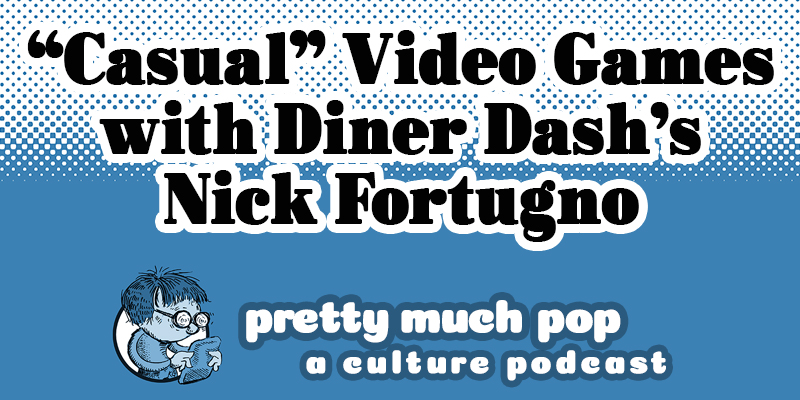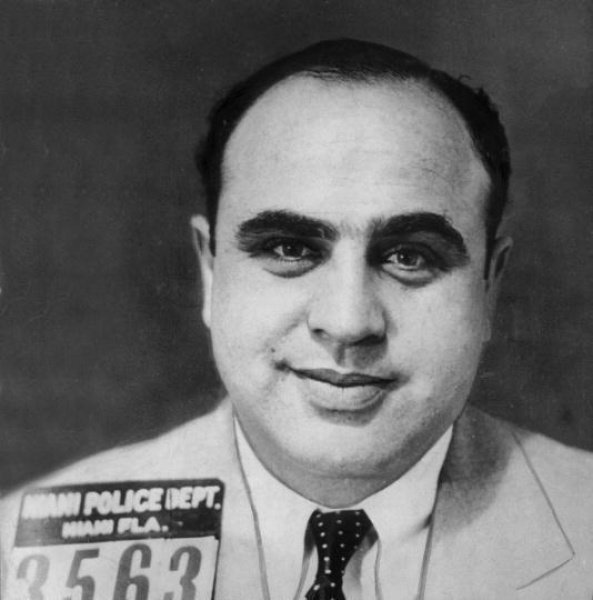What we wouldn’t give to travel back in time to Sedona, Arizona for a non-socially-distanced $2.99 Tuesday night burrito special at Stevie Nicks’ Fajita Roundup, the hundredth best restaurant in this 161-restaurant town according to one ratings site.
Alas, the closest this Fleetwood Mac‑flavored Tex-Mex establishment has ever come to physical existence was in October 1998 when actor Lucy Lawless, famous then as now for playing Xena the Warrior Princess, was hosting Saturday Night Live.
The day before the Wednesday table read to determine which sketches will make it on air, writer Hugh Fink got wind of Lawless’ Stevie Nicks impersonation (she also does a mean Chrissie Hynde…)
Fink thought this was something to build on, inspired by his dad’s Fleetwood Mac fandom, and the fact that Nicks’ star had dimmed a bit since the band’s 70’s heyday, when its members’ interpersonal relations were a hot topic and Rumours, still the 8th best selling album of all time, dominated.
He joined forces with fellow staff writer, Nicks fan Scott Wainio, tarrying ’til the wee hours of Wednesday morning to begin casting about for comic ideas of how the sexy, shawl-draped fairy godmother of rock ‘n’ roll might spend her off duty hours, now that “Lindsay Buckingham and cocaine” were in the rear view.
They decided that having her own a bargain-priced local eatery similar to the ones Fink remembered dining in as a touring stand up was their best bet…and what more fitting locale than New Age mecca Sedona?
Plot-driven SNL skits often peter out en route from a strong opening premise to the ending.
As a commercial parody, Stevie Nicks’ Fajita Roundup has no such trouble.
As Fink recently recalled in an interview with The Ringer’s Dan Devine:
I wanted this commercial to come off as not a classy, nationally produced ad, but clearly a cheap, locally produced commercial for a shitty restaurant and that’s why, even in the script, at the time, I put in those cutaways of, like, really unappealing, bad-looking food with the price, and advertising specials. Comedically, I thought it’d be even funnier if the restaurant was cheap. The research department had to get me photos of the Mexican food, which I would approve. I would tell them, ‘No, I want it to look shittier than that. That looks too good.
The research department definitely delivered. As did New Zealander Lawless, though she lacked the cultural reference points to get the joke, and game as she was, discreetly tried to get producer Lorne Michaels to pull the skit, worried that it was a lead balloon.
It came by its laughs honestly in performance, the audience eating up retooled Fleetwood Mac hits promoting burritos and nachos, but with Youtube some 8 years away, Stevie Nicks’ Fajita Round Up faded into obscurity….
It took a man with vision and a long memory to bring it back.
In 2012, Matthew Amador truffled up the fondly remembered clip and started a Facebook page for the hypothetical restaurant, largely so he could claim it had catered the end-of-year intern-appreciation buffet at the casting agency where he was working.
The first likes came from the dutiful interns, but eventually the page attracted other likeminded fans, who’d caught the original performance over a decade before.
It has since migrated to Twitter, where “Stevie”—the first female double inductee to the Rock & Roll Hall of Fame —is eagerly awaiting reopening while reminding her followers that the Roundup’s tables “have always been a MINIMUM of 6’ apart, giving you a safer dining experience you’ll never forget and giving me plenty of room to twirl depending on the length of my fringe.”
View the full transcript here. And yes, you are correct, that’s Jimmy Fallon at the piano, in his 3rd SNL appearance.
via The Ringer and Metafilter
Related Content:
Ayun Halliday is an author, illustrator, theater maker and Chief Primatologist of the East Village Inky zine. Follow her @AyunHalliday.





